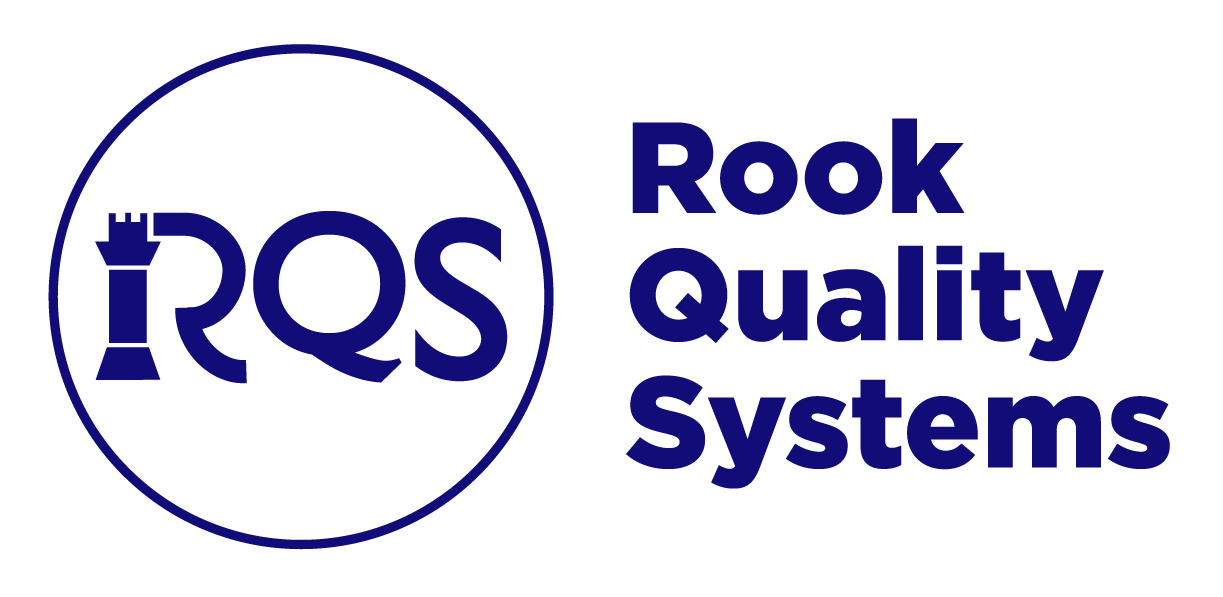Navigating Healthcare Cybersecurity: Section 524B of the FD&C Act
In our interconnected world, where medical devices are integral to patient care, cybersecurity stands as a paramount concern. The Food and Drug Administration (FDA), recognizing the critical intersection of healthcare and technology, has recently fortified its cybersecurity guidance in alignment with Section 524B of the Federal Food, Drug, and Cosmetic (FD&C) Act. Let’s explore how this legislative framework informs and bolsters the FDA’s efforts to safeguard medical devices and patient well-being.
Understanding Section 524B of the FD&C Act
Enacted in 2016, Section 524B of the FD&C Act empowers the FDA to establish guidelines for the cybersecurity of medical devices. It emphasizes the importance of proactive risk management, collaboration among stakeholders, and the integration of cybersecurity into the design, development, and maintenance of medical devices.
Aligning Guidance with Legislative Mandates
The FDA’s recent cybersecurity guidance aligns closely with the principles outlined in Section 524B:
Pre-Market Considerations
Section 524B emphasizes the importance of considering cybersecurity risks during the pre-market phase of device development. Similarly, the FDA’s guidance encourages manufacturers to conduct thorough risk assessments and integrate cybersecurity measures into the design process.
Post-Market Management
legislation mandates ongoing monitoring and mitigation of cybersecurity risks post-market. The FDA’s guidance reinforces this by stressing the need for prompt vulnerability remediation, software updates, and incident reporting mechanisms.
Collaborative Approach
Section 524B underscores the importance of collaboration among stakeholders to enhance cybersecurity practices. The FDA’s guidance echoes this sentiment, advocating for information sharing and cooperation among manufacturers, healthcare providers, cybersecurity experts, and regulatory agencies.
Implications and Challenges
By aligning its guidance with Section 524B of the FD&C Act, the FDA strengthens its regulatory framework for medical device cybersecurity. This alignment has several implications:
Regulatory Compliance
Manufacturers must adhere to FDA guidelines to ensure compliance with Section 524B, reducing legal and regulatory risks while fostering patient trust.
Patient Safety
The integration of cybersecurity into device design and maintenance enhances patient safety by mitigating the risk of cyber threats.
Innovation and Adaptation
Compliance with FDA guidelines encourages innovation in cybersecurity practices, ensuring that manufacturers stay ahead of emerging threats and technologies.
Despite these benefits, challenges persist. Achieving comprehensive cybersecurity requires ongoing investment in resources, expertise, and collaboration. Moreover, as technology evolves, so too must our regulatory and cybersecurity strategies to address new challenges and threats.
Looking Forward
As we navigate the complex landscape of healthcare cybersecurity, the synergy between the FDA’s guidance and Section 524B of the FD&C Act serves as a cornerstone for safeguarding patient well-being. By embracing a proactive and collaborative approach to cybersecurity, stakeholders can collectively work towards a safer and more resilient healthcare ecosystem.
In conclusion, the integration of Section 524B principles into the FDA’s cybersecurity guidance underscores a shared commitment to protecting patient safety and advancing healthcare innovation. By leveraging legislative mandates and regulatory guidance, we can navigate the evolving landscape of healthcare cybersecurity with confidence and vigilance, ensuring that medical devices continue to serve as instruments of healing and well-being in an increasingly connected world.
